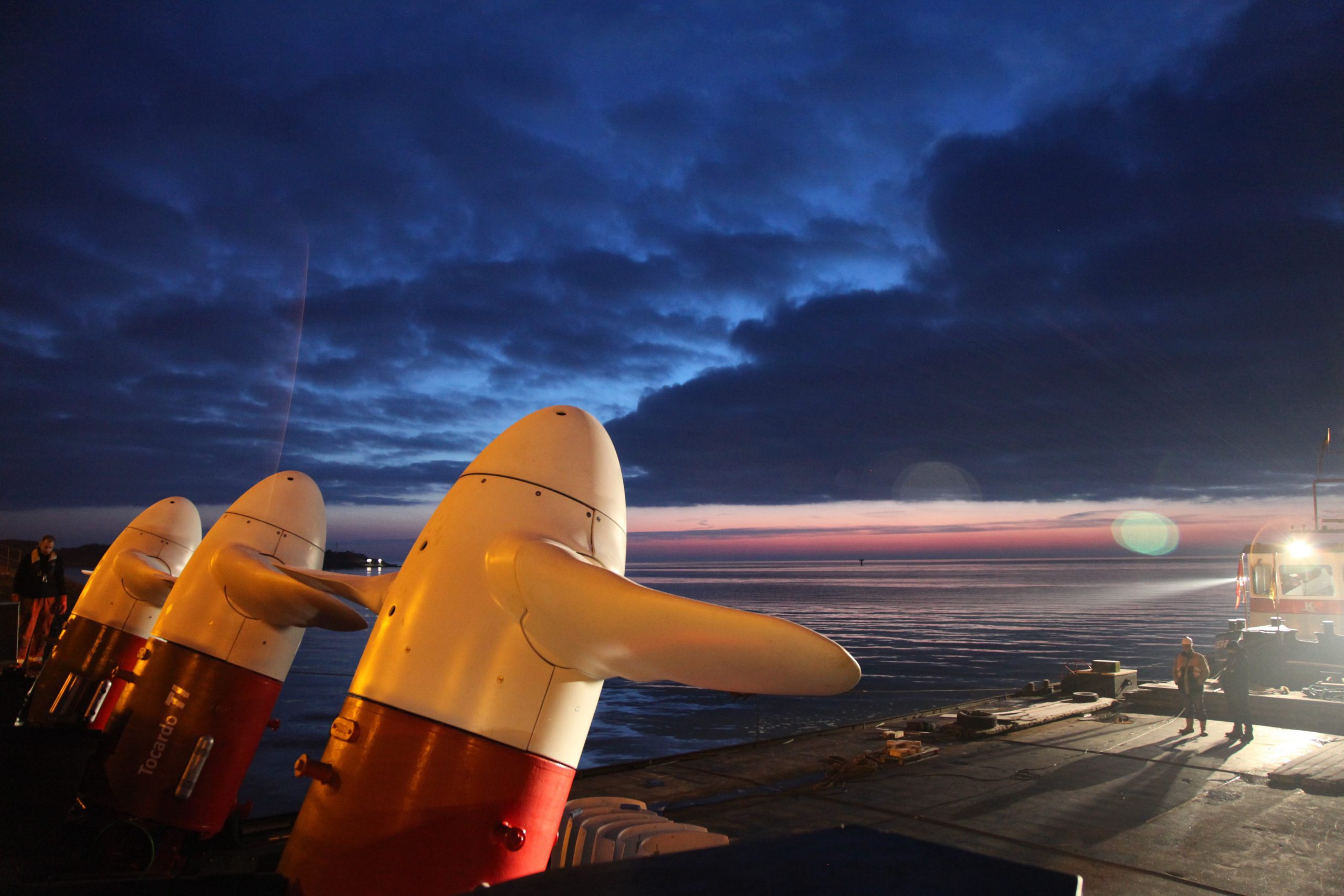HydroWing unveils plans for its next generation tidal energy project in Wales

14.11.2023
HydroWing is gearing up for deployment of its next generation tidal energy technology, following the recent announcement that HydroWing has been awarded a contract for a 10MW tidal stream energy project in Wales.
HydroWing was the largest tidal stream project in Wales to be successful in the UK government’s latest Contracts for Difference round. The project will be located at the Morlais tidal energy site in Anglesey, which is managed by the social enterprise Menter Môn. The Morlais site is the UK’s largest consented tidal energy scheme.
Richard Parkinson, MD of Inyanga Marine Energy Group, which is the parent company for HydroWing, said: “The Morlais project is a major milestone in our quest to become the largest provider of tidal energy arrays in the world.”
HydroWing is now starting intensive work on delivering the project, including engaging with local stakeholders and supply chain companies while also establishing a presence in Anglesey. A comprehensive research project has already been conducted in partnership with Bangor University to assess the velocity of local tide currents. The outputs from this have been very encouraging in informing expectations on the yield characteristics of the site.
Richard Parkinson, MD of Inyanga Marine Energy Group, which is the parent company for HydroWing, said: “This ground-breaking project will launch our innovative tidal stream technology at utility scale. Commercialisation of the tidal energy sector has so far been held back by high operations and maintenance costs. Our next generation technology meets that challenge head on.”
HydroWing is designed to be a cost-effective and scalable solution to tidal stream energy generation. A supporting structure sits on the seabed, under its own weight. The ‘wings’ which hold the turbines are then lowered into position on this structure. This makes HydroWing very straightforward to deploy. The turbines are bi-directional, so they generate power as the tide comes in and as it goes out. These turbines are also cost-effective to produce at scale.
Richard Parkinson explained: “The HydroWing technology to be used for the Morlais project will incorporate the next generation Tocardo T-3 turbines. We have been working on the development of a Passive Pitch Mechanism which integrates with the Tocardo Bi-Blade system allowing the blade dimensions to be increased, while shedding pitch at higher loads. This is similar to an active pitching mechanism but without compromising the reliability for which the Tocardo Turbines are well known. This increases the yield by 50-60% and makes projects in lower flow locations more feasible and investible.
“HydroWing and QED Naval joined forces in 2020 to work together on Torcado because we could see the huge potential of this turbine technology. The Tocardo T-3 turbines design builds on insights from the 1.25MW tidal energy demonstration array in Eastern Scheldt, which completed last month.
“The HydroWing team have scrutinised every aspect of our technology to ensure we have optimised each area in terms of cost reduction and improving efficiency so as to be able to deliver a truly commercially viable project at Morlais, with deployment in 2027.
“Tidal energy is a crucial part of the mix to help achieve net zero targets. We believe that this tidal stream project will be a stepping stone towards lowering the costs for tidal energy and that our innovative HydroWing technology will help unlock the commercial viability of tidal energy around the world.”
